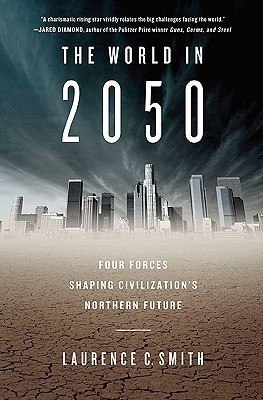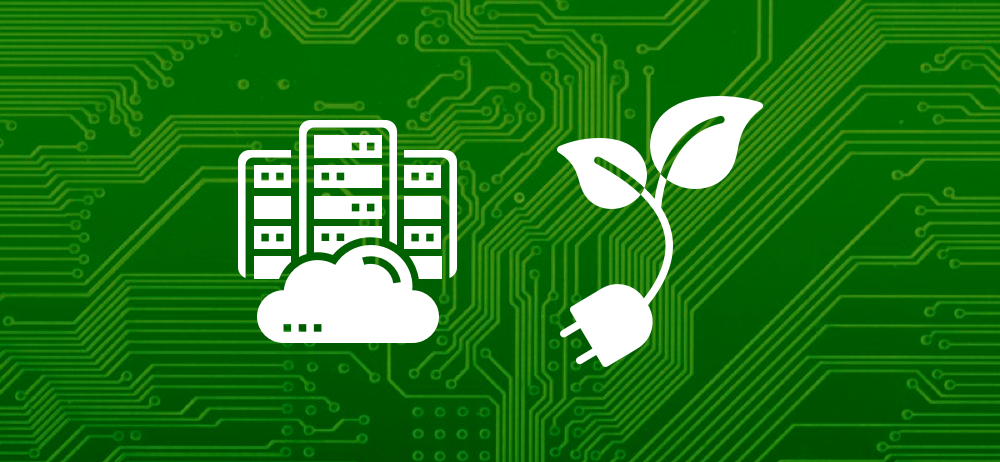In the year 2050, the world as we know it is projected to look drastically different, shaped by a multitude of factors including technological advancements, environmental challenges, and shifting global paradigms. From AI-powered societies to sustainable energy sources, the future holds a myriad of possibilities that will redefine our daily lives and reshape the way we interact with one another. As we embark on this journey towards 2050, it becomes increasingly crucial to examine the potential scenarios that lay ahead, understanding the trends and developments that will ultimately shape our collective future on a global scale.
Population
- Estimated to reach 9.7 billion by 2050
- Aging population with more individuals over 65
- Significant growth in Africa and Asia
- Urbanization expanding, creating mega cities with over 10 million residents
- Increased diversity due to migration and globalization
For more information, you can visit United Nations Population Division.
Technology
- Advanced AI systems for everyday tasks
- Fully immersive virtual reality experiences
- Sustainable and energy-efficient technologies
- Advanced biometric security systems
- Internet of Things connecting all devices
- 3D printing used for various applications
- Self-driving cars and public transport
- Space tourism made accessible
- Wireless charging capabilities for all devices
- Quantum computing revolutionizing data processing
- Nanotechnology for medical advancements
Economy
- The global economy in 2050 is expected to be highly interconnected, digitalized, sustainable, and driven by technological advancements.
Environment
- Advanced renewable energy sources dominate
- Regenerative agriculture practices widespread
- Biodiversity preservation key focus
- Green cities with efficient transport systems
- Reduced waste through circular economy
- Climate change mitigation strategies implemented
- Increased resilience to natural disasters
- Clean air and water prioritized
- Sustainable consumption patterns adopted
- Carbon-neutral industries and technologies flourishing
Politics
- Increased global cooperation and interdependence due to shared challenges like climate change and technology regulation.
- Rise of new political ideologies and parties catering to diverse populations with varying needs and values.
- Shift towards more inclusive and diverse political systems to address inequalities and promote social justice.
Health
- Advances in medical technology increase life expectancy and quality of life
- Personalized medicine and gene editing revolutionize treatments
- AI and robots streamline healthcare delivery and precision surgery
- Targeted therapies combat diseases at a cellular level
- Mental health awareness and resources are prioritized
- Global cooperation leads to disease prevention and rapid response strategies
- Clean energy and sustainable practices promote overall health and well-being
- Telemedicine and virtual reality enhance accessibility to healthcare services
Education
- Advanced technology integration in classrooms
- Global collaboration among students
- Personalized learning experiences
- Emphasis on critical thinking and problem-solving skills
- Increased focus on vocational and technical training
- Expansion of online education platforms
- AI-driven educational tools
- Sustainability and climate change education
- Culturally diverse curriculum
- Accessible education for all, regardless of location
Space exploration
- Increased commercial space travel options available to the public for leisure and scientific research purposes.
- Sustainable and long-term human presence on the Moon and Mars, with ongoing missions to further planets and asteroids.
- Advancements in propulsion technology leading to faster travel times and increased accessibility to distant parts of the solar system.
Energy
- Renewable sources dominate, with solar and wind providing the majority of electricity.
- Advanced battery technology allows for efficient energy storage and distribution.
- Smart grids optimize energy usage and reduce waste.
- Decentralization of energy production enables self-sufficient communities.
- Transition to a low-carbon economy reduces greenhouse gas emissions significantly.
- International cooperation fostered to address global energy challenges effectively.
Food and Agriculture in 2050
- Increased focus on sustainable farming practices
- Expansion of urban agriculture to meet growing food demand
- Integration of technology for precision farming and resource management
- Adoption of plant-based diets and alternative protein sources to reduce environmental impact
- Stricter regulations on food production to ensure safety and quality
- Investment in research and development for innovative farming techniques and food preservation methods
- Global efforts to address climate change’s impact on agriculture and food security
- Collaboration between governments, organizations, and farmers to achieve food sustainability goals.
Transportation
- Electric and autonomous vehicles dominate cities, reducing congestion and emissions.
- High-speed rail networks connect major global cities efficiently and sustainably.
- Flying cars are a reality, providing fast and convenient transport for short to medium-distance journeys.
- Transportation infrastructure is interconnected, integrating various modes seamlessly for a streamlined travel experience.
Communication
- Virtual reality and holographic technology will enhance global communication.
- Advanced AI will streamline translation services, enabling effortless conversations across languages.
- Instantaneous communication through brain-computer interfaces will revolutionize the way we interact.
- Cybersecurity measures will be crucial to protect sensitive data shared through interconnected networks.
- Social media platforms will evolve, providing more personalized and immersive communication experiences.
- Collaborative online workspaces will be the norm, allowing people to communicate and work together seamlessly.
Global Relations
- Collaboration among nations is essential for managing global challenges like climate change, security threats, and economic stability.
Conclusion
In conclusion, the world in 2050 will likely see significant advancements in technology, space exploration, and communication which will continue to shape our daily lives. However, these developments will also come with challenges such as overpopulation, environmental degradation, and political tensions. It is crucial for governments, businesses, and individuals to work together to address these issues and ensure a sustainable and prosperous future for the planet. By focusing on improving education, healthcare, energy sources, agriculture practices, and transportation systems, we can create a more efficient and interconnected global community. Additionally, fostering positive global relations and collaboration will be essential in tackling the shared challenges we face as a planet. Only through concerted efforts and cooperation can we build a more equitable and sustainable world for future generations.

Director @Anyalpha, a Top Software Development Company offering Mobile App Development and Website Development Services to Businesses & Startups.



